10 Best Canada National Parks to Visit This Year
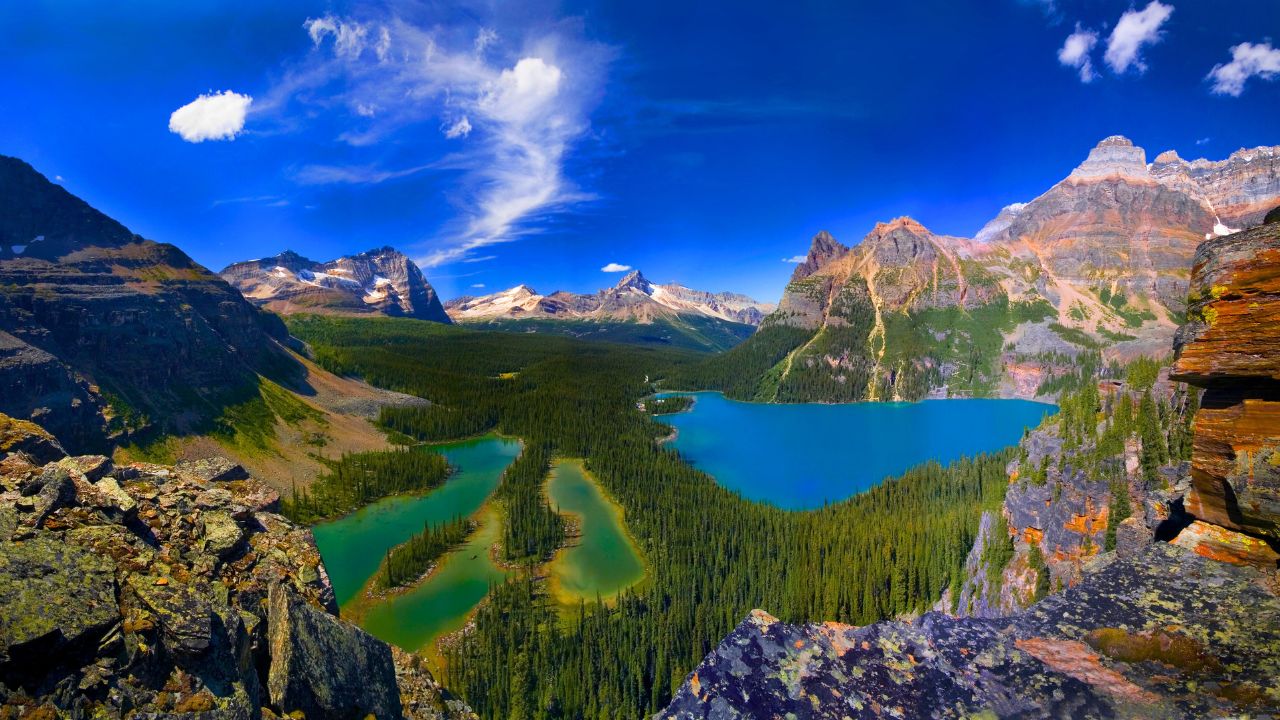
Canada National Parks are absolutely stunning and while there are over 30 of them to choose from, this post is going to showcase 10 of the top ones to visit. From the towering peaks of the Rockies to rugged coastlines and lush forests, each park offers something unforgettable for nature lovers, hikers, and photographers. Whether you’re planning a summer road trip or a fall getaway, here are 10 of the best national parks in Canada to explore, complete with highlights, activities, best times to go, and a 3-day sample itinerary for each.
1. Banff National Park (Alberta)
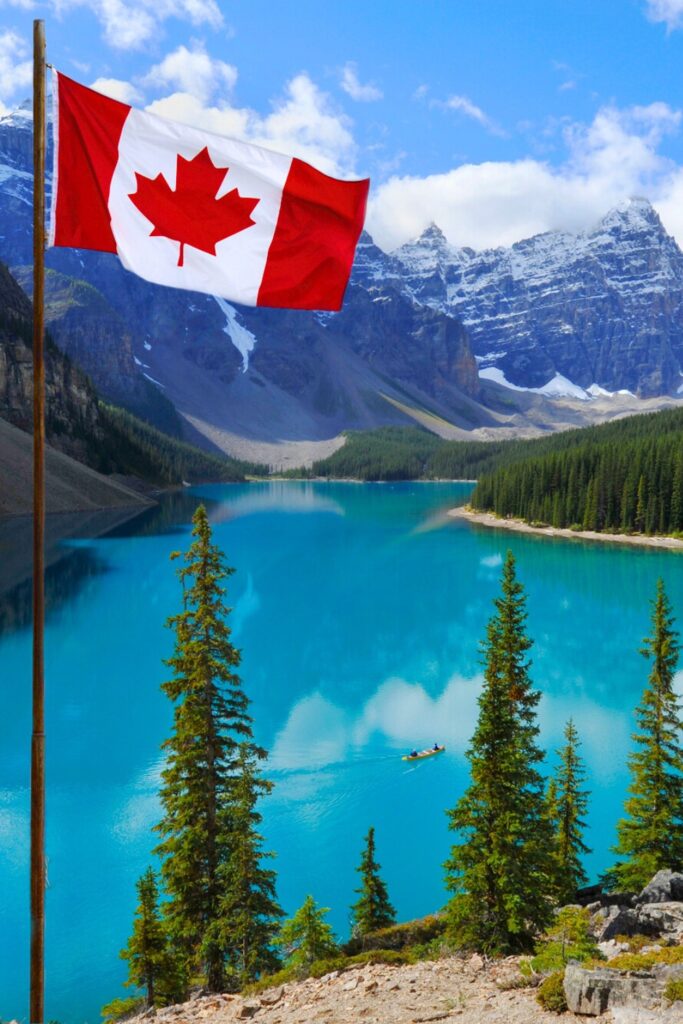
Canada’s first and most iconic national park, Banff is known for its glacier-fed lakes, rugged mountain peaks, and alpine adventures. Located in the heart of the Canadian Rockies, it’s one of the most visited and photogenic parks in North America.
Top things to do:
- Visit Lake Louise and take a canoe ride
- Hike the Lake Agnes Tea House Trail
- Explore Moraine Lake and the Valley of the Ten Peaks
- Drive the scenic Icefields Parkway
- Soak in the Banff Upper Hot Springs
Best times to go:
Late June to mid-September for hiking and lake views; December to March for winter sports
Sample 3-day itinerary:
- Day 1: Explore Banff town, ride the Banff Gondola, soak in hot springs
- Day 2: Visit Lake Louise and hike to Lake Agnes
- Day 3: Drive Icefields Parkway, stop at Peyto Lake and Bow Lake
2. Jasper National Park (Alberta)
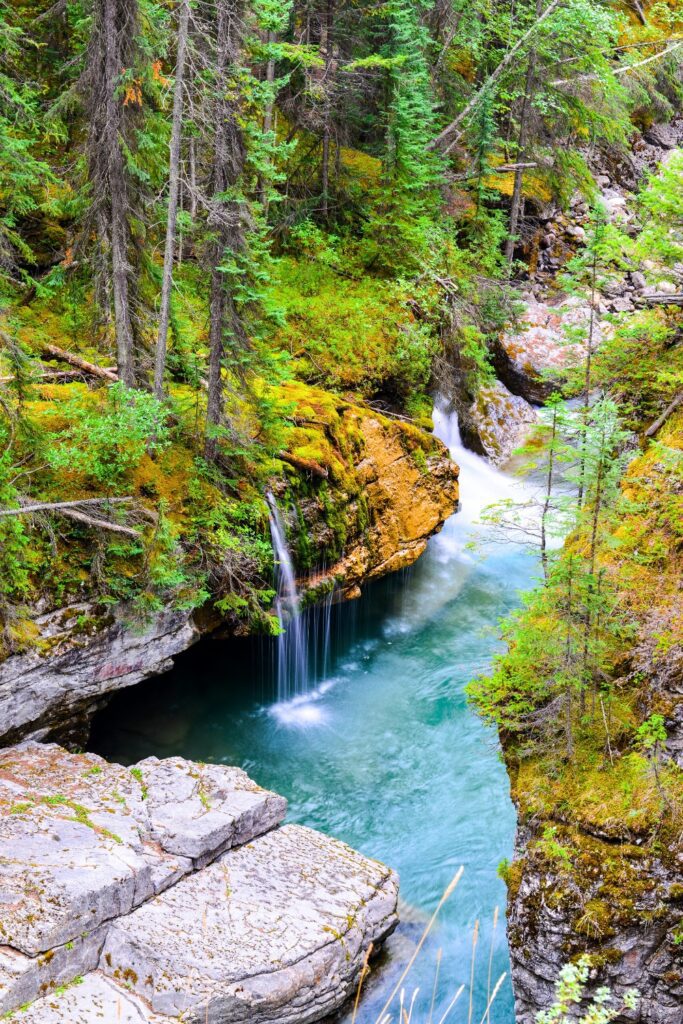
Jasper is the largest national park in the Canadian Rockies and offers a quieter, more rugged experience than Banff. Its wild backcountry, dramatic peaks, and dark sky preserve status make it perfect for outdoor explorers.
Top things to do:
- Cruise or kayak on Maligne Lake
- Hike to Maligne Canyon
- Spot wildlife along the Icefields Parkway
- Visit Athabasca Falls and Sunwapta Falls
- Stargaze at the Jasper Planetarium
Best times to go:
June to October for hiking and sightseeing; October for stargazing during the Jasper Dark Sky Festival
Sample 3-day itinerary:
- Day 1: Maligne Canyon and Medicine Lake
- Day 2: Maligne Lake cruise and Spirit Island
- Day 3: Athabasca Falls and wildlife drive
3. Yoho National Park (British Columbia)
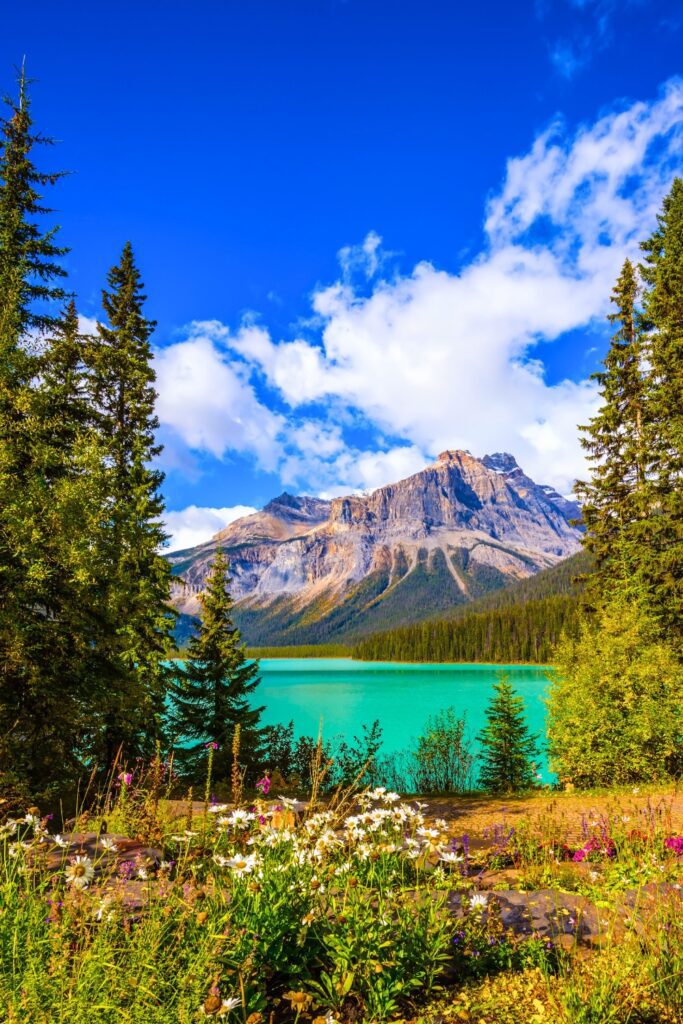
Nestled just west of Banff, Yoho National Park is lesser-known but equally jaw-dropping. Home to towering waterfalls, alpine lakes, and dramatic rock formations, it’s a gem of the Canadian Rockies.
Top things to do:
- Visit Emerald Lake and rent a canoe
- See Takakkaw Falls (one of Canada’s tallest)
- Hike the Iceline Trail
- Explore Natural Bridge
- Discover the Burgess Shale fossil beds (guided tours)
Best times to go:
Mid-June to early October, when all roads and trails are open
Sample 3-day itinerary:
- Day 1: Emerald Lake, Natural Bridge
- Day 2: Takakkaw Falls and the Iceline Trail
- Day 3: Guided tour of Burgess Shale or chill by the lake
4. Kootenay National Park (British Columbia)
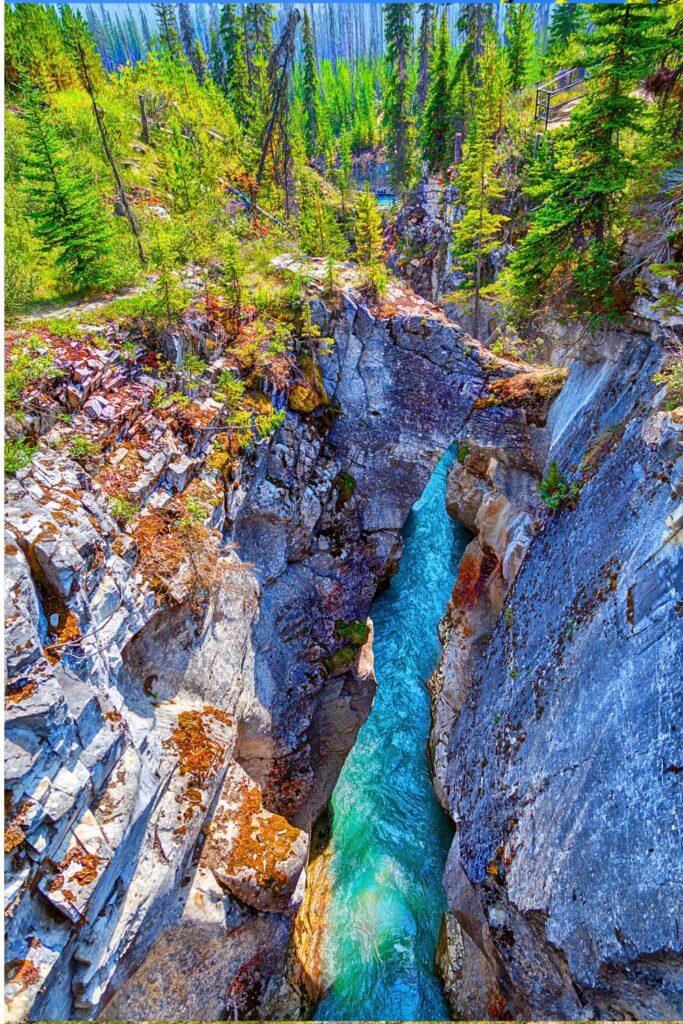
Just south of Banff, Kootenay offers a unique blend of mountains and hot springs. It’s a quieter alternative with dramatic canyons, mineral pools, and forested trails.
Top things to do:
- Soak in Radium Hot Springs
- Hike through Marble Canyon
- Visit the Paint Pots trail
- Drive through Sinclair Canyon
- Look for wildlife along Highway 93
Best times to go:
June to September for hiking; spring and fall for fewer crowds
Sample 3-day itinerary:
- Day 1: Radium Hot Springs and Sinclair Canyon
- Day 2: Paint Pots and Marble Canyon hike
- Day 3: Scenic drive and short hikes along Highway 93
5. Waterton Lakes National Park (Alberta)
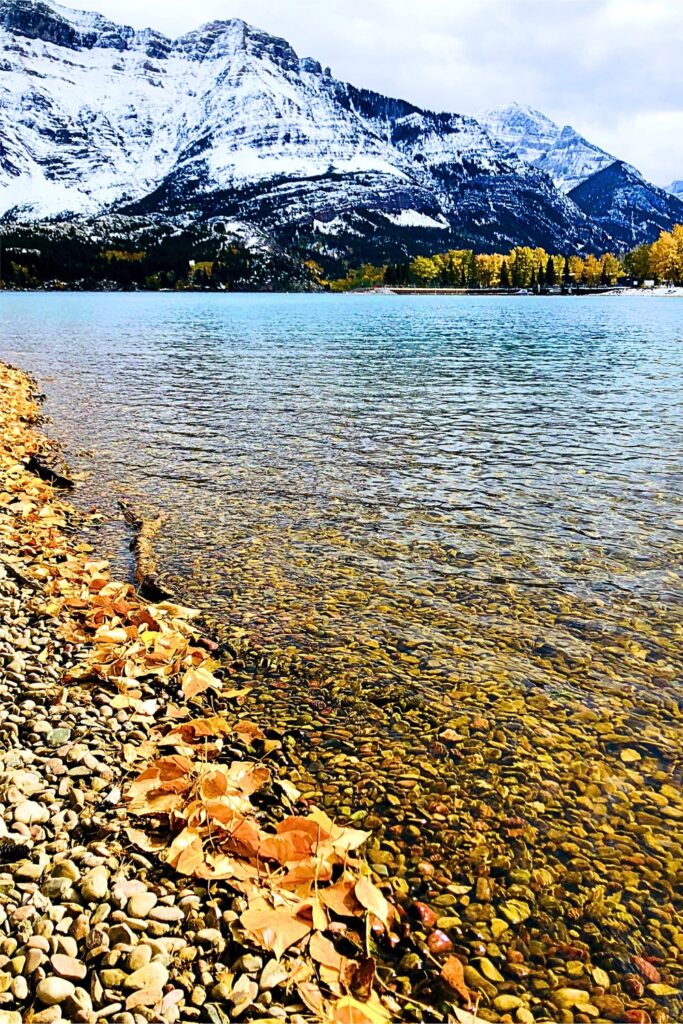
Sharing a border with Montana’s Glacier National Park, Waterton combines prairie, mountains, and lakes in one compact, stunning park. It’s part of the world’s first International Peace Park.
Top things to do:
- Hike the Crypt Lake Trail (via boat shuttle)
- Visit the Prince of Wales Hotel viewpoint
- Explore Red Rock Canyon
- Take a boat tour on Waterton Lake
- Hike Bear’s Hump Trail for panoramic views
Best times to go:
July to early October; July and August offer the best weather
Sample 3-day itinerary:
- Day 1: Bear’s Hump and Prince of Wales Hotel area
- Day 2: Crypt Lake hike
- Day 3: Red Rock Canyon and boat cruise
6. Pacific Rim National Park Reserve (British Columbia)
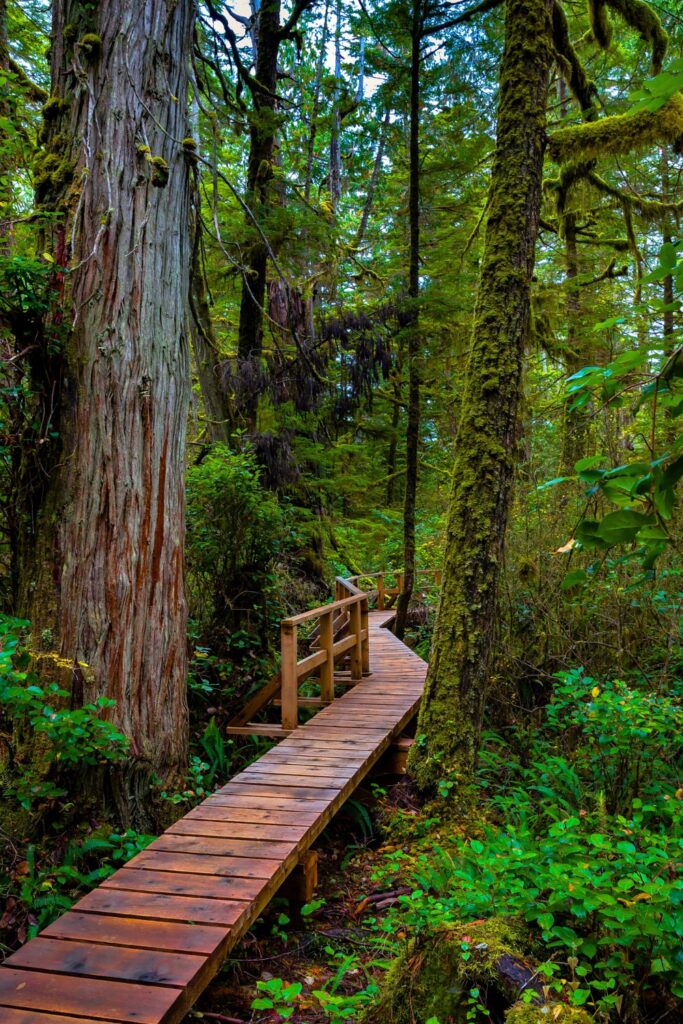
Located on Vancouver Island, this coastal park blends temperate rainforests, surf-ready beaches, and Indigenous cultural sites. It’s a haven for beachgoers and hikers.
Top things to do:
- Walk the Wild Pacific Trail
- Explore Long Beach and watch surfers
- Visit Tofino and Ucluelet towns
- Kayak in Clayoquot Sound
- Hike the rainforest loop trails
Best times to go:
May to October; July and August are driest but busiest
Sample 3-day itinerary:
- Day 1: Rainforest trail and Long Beach
- Day 2: Wild Pacific Trail and Ucluelet
- Day 3: Kayaking or whale watching in Tofino
7. Gros Morne National Park (Newfoundland & Labrador)
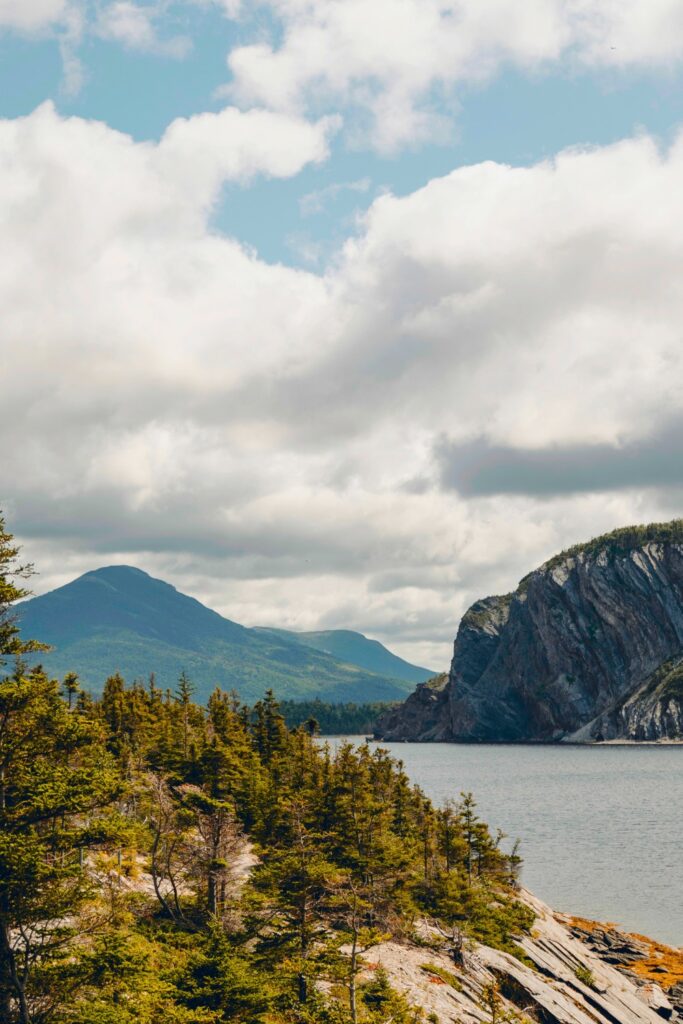
A UNESCO World Heritage Site, Gros Morne showcases fjords, ancient cliffs, and geological wonders. It offers a truly remote and wild Atlantic Canada experience.
Top things to do:
- Boat tour in Western Brook Pond
- Hike Gros Morne Mountain
- Explore the Tablelands
- Visit scenic fishing villages
- Enjoy wildlife and moose spotting
Best times to go:
Late June to September
Sample 3-day itinerary:
- Day 1: Tablelands and Discovery Centre
- Day 2: Western Brook Pond boat tour
- Day 3: Gros Morne Mountain hike or lighthouse visit
8. Cape Breton Highlands National Park (Nova Scotia)
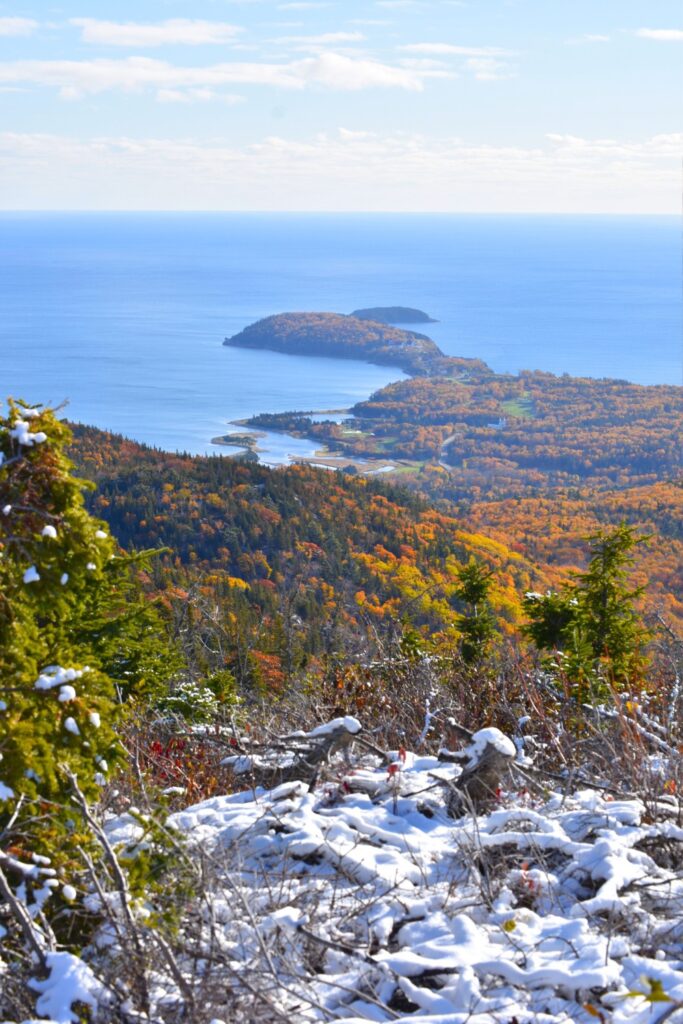
This park is famous for the Cabot Trail, which hugs the dramatic coastline and offers stunning views of cliffs, forests, and the Atlantic Ocean. It’s a perfect mix of road trip and hiking adventure
Top things to do:
- Drive the Cabot Trail
- Hike the Skyline Trail
- Spot whales and moose
- Visit Ingonish Beach
- Explore fishing villages and lighthouses
Best times to go:
June to October; early October offers peak fall foliage
Sample 3-day itinerary:
- Day 1: Start Cabot Trail and stop at Ingonish
- Day 2: Skyline Trail hike and coastal viewpoints
- Day 3: Beach walk, local seafood, and scenic detours
9. Prince Edward Island National Park (PEI)

PEI National Park features red sandstone cliffs, sandy beaches, and the charming world of Anne of Green Gables. It’s a relaxing coastal park with scenic beauty and history.
Top things to do:
- Walk the Greenwich Dunes Trail
- Visit Cavendish Beach
- Explore Anne of Green Gables Heritage Place
- Bike the Gulf Shore Way
- Photograph red cliffs at Orby Head
Best times to go:
Late June to early September
Sample 3-day itinerary:
- Day 1: Cavendish Beach and Green Gables tour
- Day 2: Bike Gulf Shore Way
- Day 3: Greenwich Dunes and sunset at Covehead Lighthouse
10. Fundy National Park (New Brunswick)

Home to the world’s highest tides, Fundy National Park features dramatic coastlines, waterfalls, and forested trails. It’s a hidden gem on Canada’s east coast that offers both relaxation and adventure.
Top things to do:
- Walk the ocean floor during low tide at Alma Beach
- Hike the Dickson Falls and Matthews Head trails
- Explore the Fundy Trail Parkway
- Kayak or paddleboard in the Bay of Fundy
- Visit the town of Alma for fresh seafood and local charm
Best times to go:
June to early October; August and September offer warm weather with fewer crowds
Sample 3-day itinerary:
- Day 1: Explore Alma Beach and the village
- Day 2: Hike Dickson Falls and Matthews Head
- Day 3: Drive the Fundy Trail Parkway and enjoy a scenic picnic
Packing List for Canada’s National Parks
Whether you’re hiking in the Rockies or strolling the beaches of PEI, having the right gear makes all the difference. You can get most of the following things on my Amazon store, but here’s a general list of essentials for visiting Canadian national parks:
Clothing:
- Layered clothing (base layer, insulating layer, waterproof jacket)
- Moisture-wicking shirts and socks
- Comfortable hiking pants
- Fleece or insulated jacket (even in summer for alpine parks)
- Swimsuit (for hot springs, lakes, or beaches)
- Sunhat and beanie
- Gloves (for early mornings or higher altitudes)
Gear:
- Daypack (20–30L)
- Water bottles or hydration pack
- Hiking boots or trail shoes
- Trekking poles (optional but helpful for mountain terrain)
- Map or downloaded offline trail maps
- Headlamp or flashlight
- Sunscreen and insect repellent
- Sunglasses
- Binoculars (for wildlife viewing)
- First-aid kit
- Bear spray (required in some parks)
- Waterproof bags or dry sacks (for kayaking or rainy days)
Camping (if applicable):
- Tent, sleeping bag, and sleeping pad
- Camp stove and fuel
- Cooking gear and utensils
- Bear-proof food container (if backcountry camping)
- Camp chair or stool
Things to Know Before You Go
Planning ahead ensures you get the most out of your national park adventure. Here are key tips and things to keep in mind:
1. Park Passes Are Required: Most national parks in Canada require a Parks Canada Pass, which can be purchased for a single day or as an annual Discovery Pass (recommended if visiting multiple parks).
2. Weather Can Change Quickly: Especially in the Rockies, conditions can swing from sunny to snowy in a single day. Always check the forecast and pack for unpredictable weather.
3. Cell Service May Be Limited: Many parks have little or no reception. Download offline maps and directions before entering the park.
4. Wildlife Safety Is Crucial: Keep a safe distance from bears, moose, elk, and other animals. Carry bear spray in mountain parks and store food properly in campsites.
5. Book Accommodations Early: Lodges, campsites, and popular activities like boat tours and shuttles often sell out months in advance, especially in Banff, Jasper, and Fundy.
6. Tread Lightly: Canada’s parks are preserved for future generations. Stay on marked trails, pack out all trash, and respect local ecosystems and Indigenous lands.
7. Be Aware of Tides in Coastal Parks: In places like Fundy and Pacific Rim, tide schedules matter. Getting caught on the ocean floor at high tide can be dangerous, always check posted tide charts.
8. Bring Cash for Rural Stops: Small towns near parks (like Alma, PEI, or Tofino) may have limited access to ATMs or may prefer cash for smaller purchases.
9. Canada Strong Pass: If you are a senior or veteran (citizen of Canada), consider getting Canada Strong Pass, coming up in mid 2025 for free access to the above parks.
Final Thoughts:
Canada’s national parks are incredibly diverse, from coastal hideaways to towering mountains and landscapes. Whether you’re chasing adventure or just looking to unwind in nature, these 10 parks offer unforgettable experiences across every region of the country.
